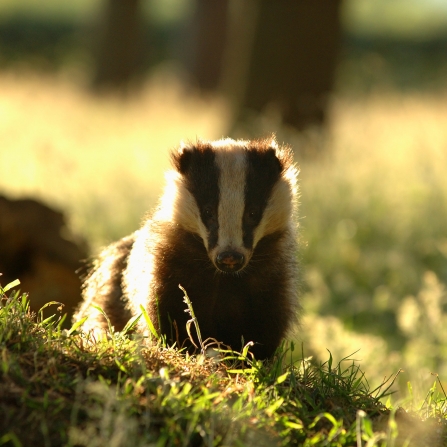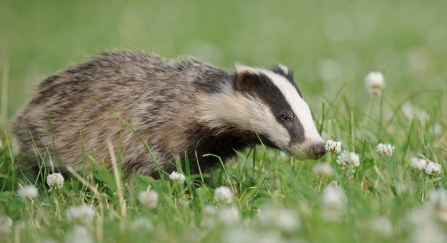Background
Bovine TB (bTB) and the badger cull policy are complex and emotive issues that affect the lives of many farming families and cause great concern amongst conservationists, scientists and badger protection groups. Thousands of cattle and badgers have been killed in an attempt to control it, and the Government estimates bTB costs the taxpayer around £100 million a year.
The Government has identified three bTB risk areas in England[1]. Low risk areas (LRA) lie in the north, east and south-east of England with high risk areas (HRA) covering the south-west and west-midlands Edge areas (EA) lie in-between. Each risk area has a different strategy to combat bTB. Somerset lies within the HRA and so parts of the county are subject to intensive badger culling.



